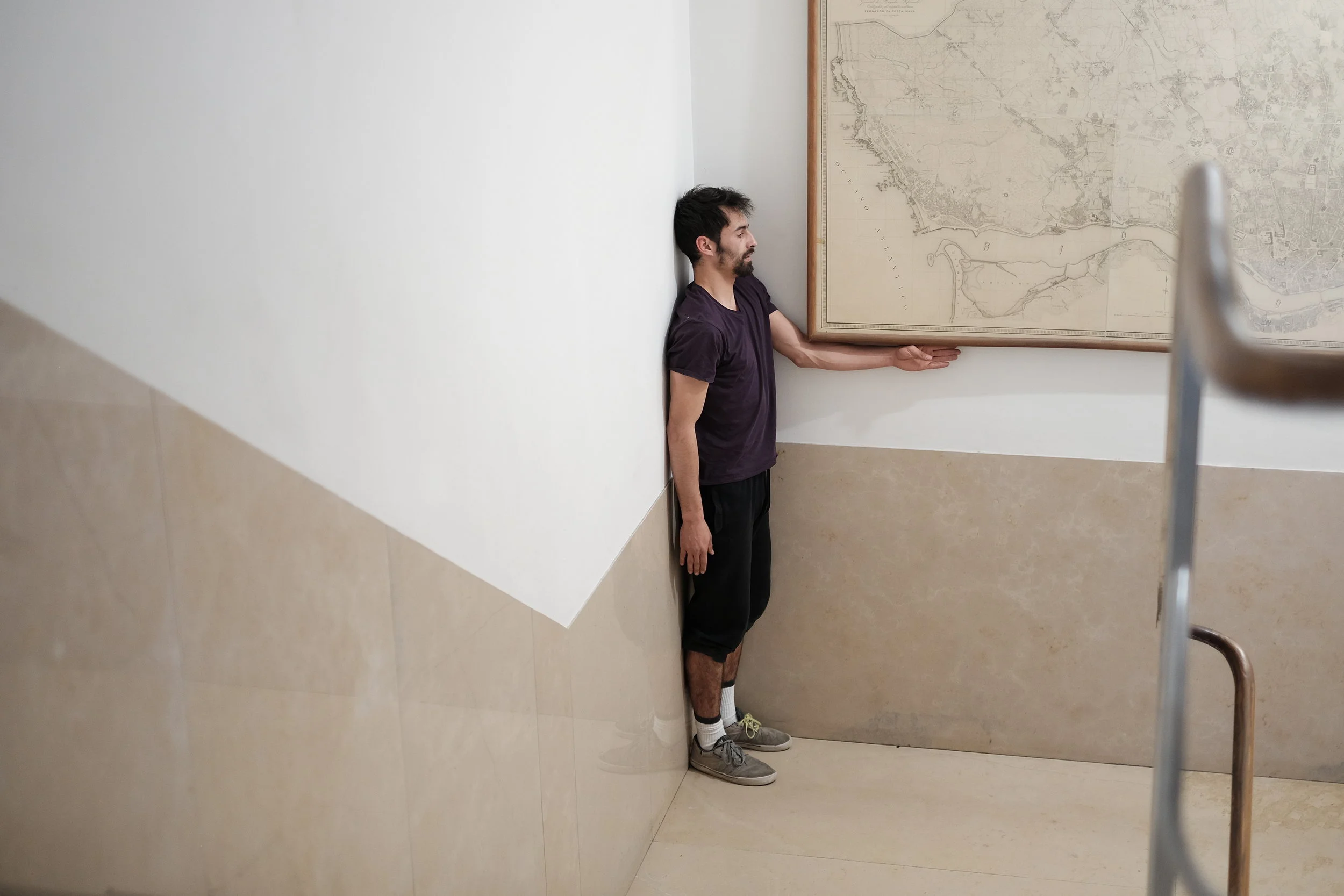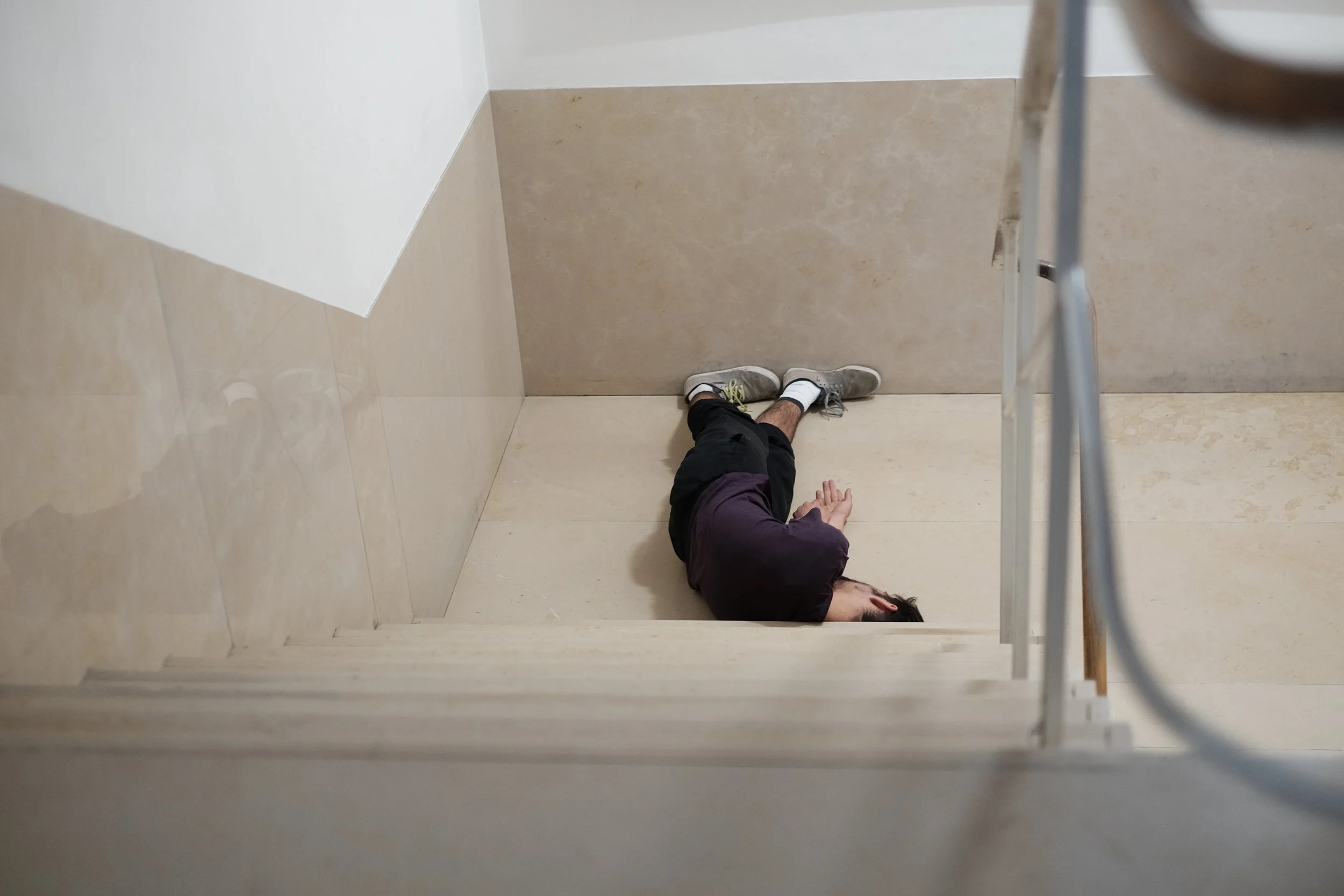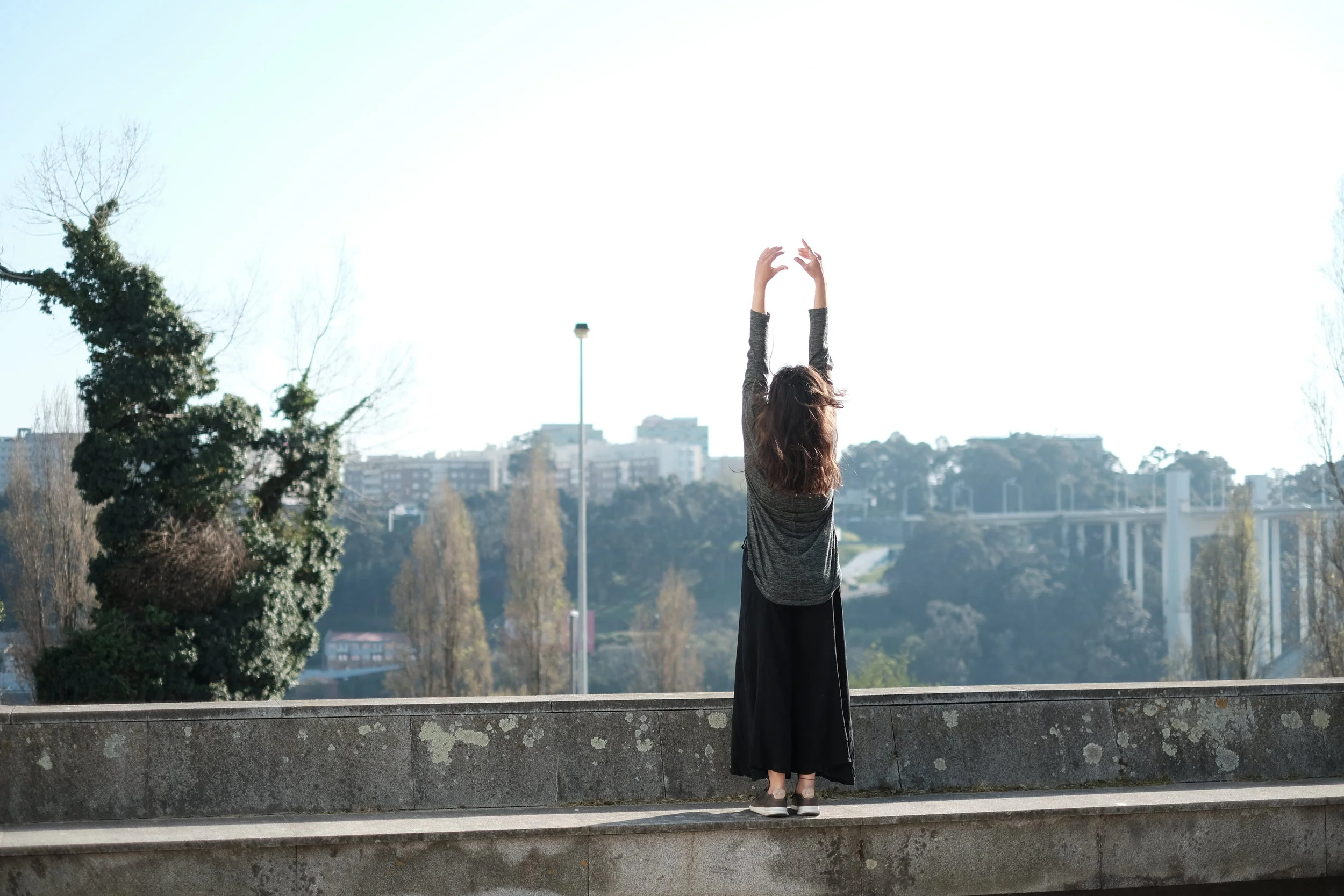




















ALTERNATIVE AND TRANSVERSAL PATHWAYS IN AMP
Paths as a starting point for the understanding and perception of the city and architecture Paths are an abstract representation that should be understood as a starting point for the understanding and perception of the city and architecture, aesthetic appropriation of these spaces and a form of knowledge of the the pathways must come mostly from a pedestrian approach and must also be idealized in order to document and record the architecture and places of the AMP in a differentiated and critical manner, as a real permanent one . From Pallasmaa to Careri, we intend to have a differentiated reading of the territory of the AMP through the spatial experience, through the route, through the act of travel. The routes will be represented mostly through photography, but visual narratives can be created where and other artistic expressions such as drawing or video are present.
It must be structured and idealized taking into account the following principles and components:
- Start of path / space of AMP (outer space)
- Approximation to certain works, spaces and viewpoints (landscapes) (exploration of the AMP area) (outdoor spaces)
- Entry into certain works (interior spaces)
- Interior spaces (The architecture promenade)
-Output
It is also important to be aware that our perception of the works of architecture and of space in general is linked to the sense of travel that involves movement and displacement, something that moves away from the characteristics of the fixed image - photography -, much closer to the video and cinema, art capable of representing a space in a time and movement closer to the real. It is thus one of the objectives to explore the potential of photography to capture a split moment or instant. This means "freeze time" and thus perform a much more time consuming and thorough analysis of the image and the space represented in it. On the other hand, this fractionated moment implies a fixed point of view, that is, the location, direction and direction of the photographer's eye when the photographic image is created. This point of view implies a selection that will delimit what is shown and what is invisible and in this way we can consider that an image constructs a direction of the eye and a series of images can construct a path, even if predetermined and more abstract than a set of moving images.
Finally, it is important to create through photography a visual narrative of a path that explores and is able to identify spaces and architectures (infrastructures) more invisible, that present a great potential to create or generate new relationships and dynamics in and with the territory and people. On the other hand, the notions of instant and movement in an integrated way. That is, representing the territory, space and architecture with several fixed images and also fixed planes with movement giving life and interactivity to the spaces and works portrayed.